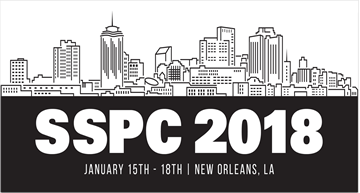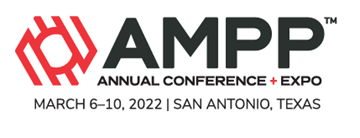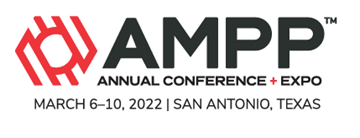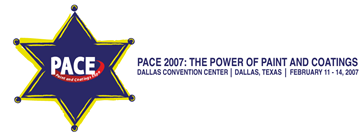Search
Products tagged with 'testing'
View as
Sort by
Display
per page
NACE TM0190-2017, Impressed Current Laboratory Testing of Aluminum and Zinc Alloy Anodes
Product Number:
21221-SG
Publication Date:
2017
$179.00
New Architectural Coatings Technology Targeted At Stricter Hospital Infection Protocols
Product Number:
41212-704-SG
Publication Date:
2012
$20.00
Non-metallic (Mineral) Grit Recycling: Equipment and Metrics Development
Product Number:
51218-127-SG
Publication Date:
2018
$20.00
On-Site Corrosion Inhibitor Detection For Improved Corrosion Management
Product Number:
51321-16792-SG
Publication Date:
2021
$20.00
Primer For The Inspection, Testing, And Analysis Of Electrically Continuous Reinforced Concrete Structures
Product Number:
51322-17514-SG
Publication Date:
2022
$20.00
RP0298-HD1998-Sheet Rubber Linings for Abrasion and Corrosion Service-HD1998
Product Number:
21085-HD1998
ISBN:
1-57590-070-X
Publication Date:
1998
$179.00
Small Expense, Big Reward - The Impact and Value of Quality Assurance Testing of Coatings for Hydraulic Steel Structures
Product Number:
41216-958-SG
Publication Date:
2016
$20.00
The Effect Of Sulfur Components Of Corrosion Inhibitors On Chemical Qualification
Product Number:
51322-17801-SG
Publication Date:
2022
$20.00
The Use of Composites in Facility Integrity Programs
Product Number:
51323-18976-SG
Publication Date:
2023
$20.00
The West Virginia State Capitol Dome: Lessons Learned from a Failing Finish
Product Number:
41207-361-SG
Publication Date:
2007
$20.00
TM0199-2013-SG "Standard Test Method for Measuring Deposit Mass Loading (“Deposit-Weight-Density”) Values for Boiler Tubes by the Glass-Bead-Blasting Technique"
Product Number:
21236-SG
ISBN:
1-57590-082-3
Publication Date:
2013
$109.00












